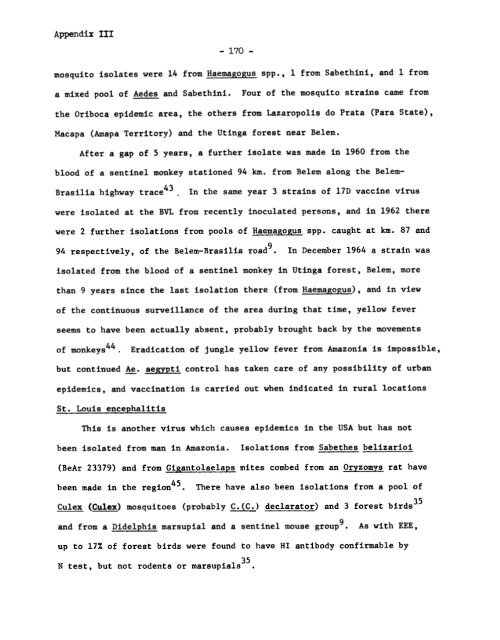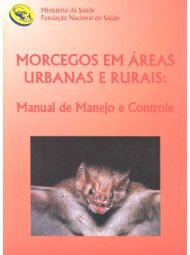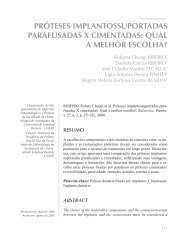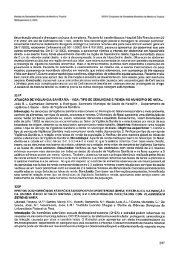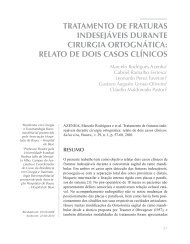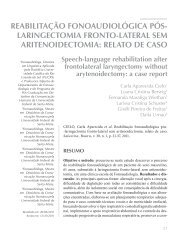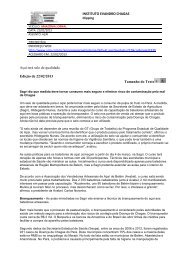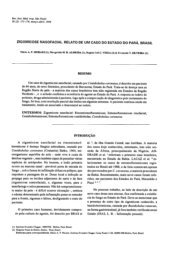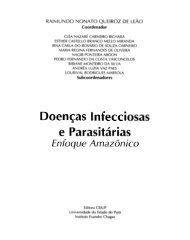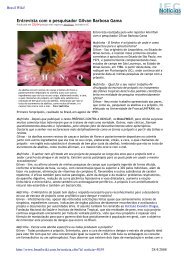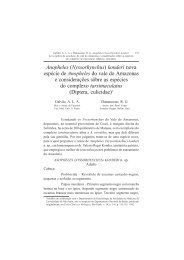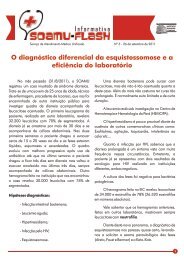Belém VIRUS Laboratory
Belém VIRUS Laboratory
Belém VIRUS Laboratory
Create successful ePaper yourself
Turn your PDF publications into a flip-book with our unique Google optimized e-Paper software.
fter t.<br />
Appendix III<br />
-170 -<br />
mosquito iso1ates were 14 from Haema~o~us spp., 1 from Sabethini, and 1 from<br />
a mixed pool of Aedes and Sabethini.<br />
Four of the mosquito strains carne from<br />
the Oriboca epidemic area, the others from Lazaropolis do Prata (Para State) ,<br />
Macapa (Amapa Territory) and the Utinga forest near Belem.<br />
a gap of 5 years, a further iso1ate was made in 1960 from the<br />
blood of a sentinel monkey stationed 94 km. from Belem along the Belem-<br />
Brasilia highway trace43 In the same year 3 strains of 17D vaccine virus<br />
were iso1ated at the BVL from recent1y inocu1ated persons, and in 1962 there<br />
were 2 further iso1ations from poo1s of Haemagogus spp. caught at km. 87 and<br />
9<br />
94 respective1y, of the Be1em-Brasi1ia road. ln December 1964 a strain was<br />
isolated from the blood of a sentinel monkey in Utinga forest, Belem, more<br />
than 9 years since the last isolation there (from Haema~o~us), and in view<br />
of the continuous surveillance of the are a during that time, yellow fever<br />
seems to have been actually absent, probably brought back by the movements<br />
of monkeys44 Eradication of jungle yellow fever from Amazonia is impossible,<br />
but continued~. aegypti control has taken care of any possibility of urban<br />
epidemics, and vaccination is carried out when indicated in rural locations<br />
Louis encephalitis<br />
This is another virus which causes epidemics in the USA but has not<br />
been isolated from mau in Amazonia. Isolations from Sabethes belizarioi<br />
(BeAr 23379) and from Gi~anto1ae1aps mites combed from an Oryzomys rat have<br />
been made in the region45. There have a1so been iso1ations from a poo1 of<br />
Culex (Culex) mosquitoes (probably ~<br />
) dec1arator) and 3 forest birds<br />
9<br />
and from a Didelphis marsupial and a sentinel mouse group . As with EEE,<br />
up to 17% of forest birds were found to have HI antibody confirmable by<br />
N test, but not rodents or marsupiaIs.<br />
35<br />
35


